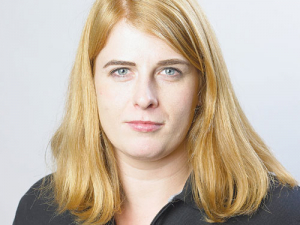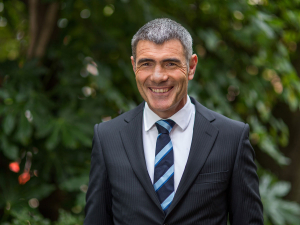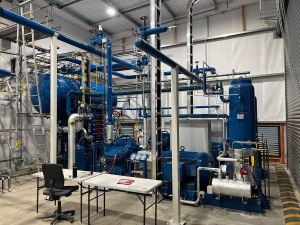Addressing greenhouse gases onfarm is a top priority for the dairy sector.
Over the last three months, reports DairyNZ, climate change workshops nationwide have attracted hundreds of rural professionals keen to help farmers understand New Zealand’s greenhouse gas reduction targets. NZ aims to cut greenhouse gas emissions by 30% by 2030; that would restrict them to the level of 2005.
A course was also held at Massey University and similar workshops will be held mid-year for dairy farmers.
The workshops and courses are part of DairyNZ’s part in the Dairy Action for Climate Change, as is research now underway on technologies to mitigate farm methane and nitrous oxide emissions.
DairyNZ senior climate change advisor Kara Lok says while there is no silver bullet to reduce on farm methane and nitrous oxide emissions, DairyNZ is educating dairy farmers on options available now to address emissions.
“The first round of workshops were targeted at rural professionals because they work alongside farmers, so they are in a unique position to influence change on farms. The next workshops will be targeted at dairy farmers.”
The courses cover how greenhouse gases are calculated on NZ farms, how farm emissions contribute to global emissions and climate change, and they tell farmers about the mitigation options now available to them.
Michael Edmondson, an environmental advisor for Synlait who attended the course, said he found it informative.
“I’d used Overseer in the past but never the Overseer greenhouse gas models to see how different solutions reduce emissions output.
“We worked through the theoretical models to calculate how many hectares of trees a farm would need to plant to offset its emissions, or whether a better option would be to retire some land. It got us thinking about what the best option is for each farm.”
Andrew Kempson, a Fonterra sustainable dairy advisor, said he is now better informed to talk to farmers about how they can ‘future proof’ their farming businesses.
“With the new focus recently on farming and its related biological emissions, my learning the fundamentals of greenhouse gases and seeing first-hand the R&D has given me a wide range of information to provide farmers.
“Rural professionals can give accurate and timely advice to farmers, and the course provided the information in an easily digestible form.”
Ross Abercrombie, a project manager in the On Farm R&D team, says all environmental advisors should learn more.
“The more consultants and dairy advisors there are who understand these issues, the better. It’s important they can talk about greenhouse gases with farmers because emission reduction will become an increasingly prominent issue.”
For details of courses in 2018 visit www.dairynz.co.nz/climatechange











